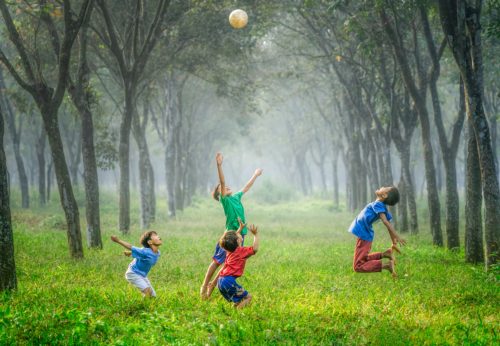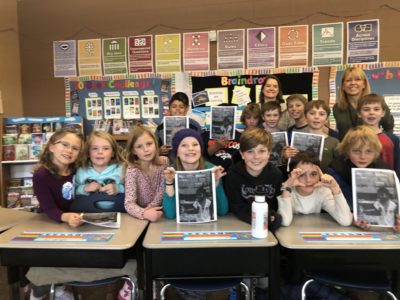
5 Reasons why Teaching Gratitude to Kids is Important
Step 7 of The Imagine Project writing activity is a 30-day Gratitude challenge. We ask students to write down 3 things they are grateful for

Step 7 of The Imagine Project writing activity is a 30-day Gratitude challenge. We ask students to write down 3 things they are grateful for

As a parent, we are often looking for things to do with our children during the long summer months when they are out of school

Laughter, running, jumping, being silly, twirling, smiling, creating—all are part of play and having fun! Instinctively, as parents and teachers, we know the importance of

Unfortunately, we live in a world where trauma happens. It might be a school shooting, a natural disaster, or a significant loss of a student,

Tis that time of year again; teachers are trying not to think about going back to school—but, unfortunately, it’s creeping up on your horizon. There




Join our community to get the latest tips, exclusive offers, and updates straight to your inbox. Don’t miss out—subscribe now and be the first to know!